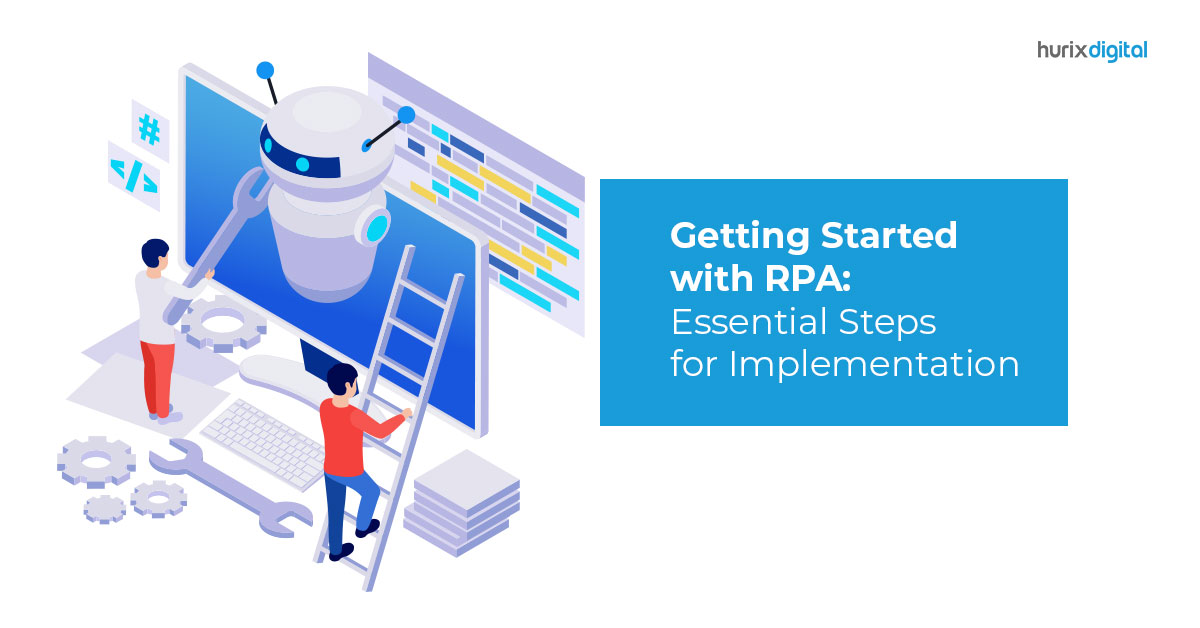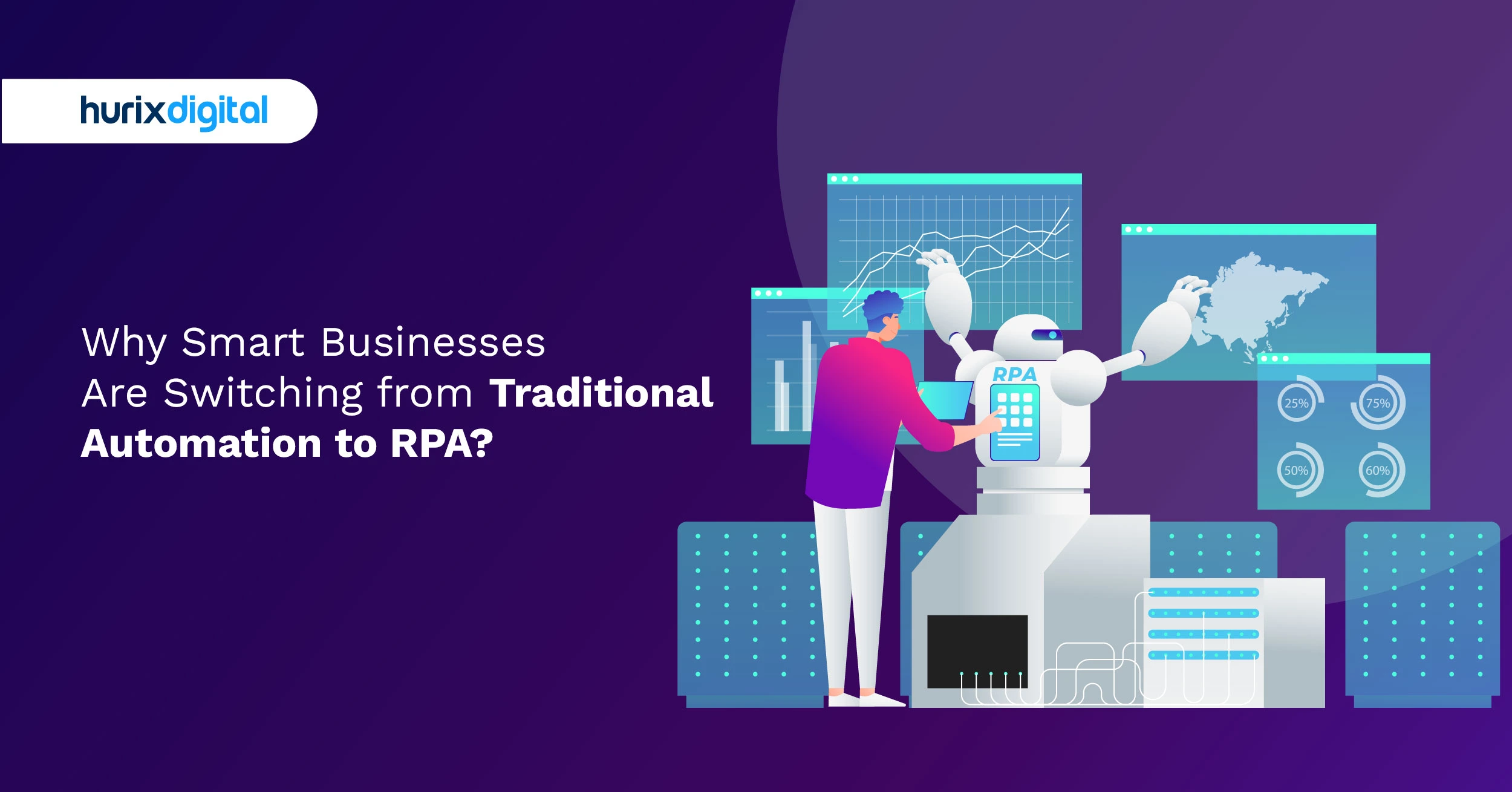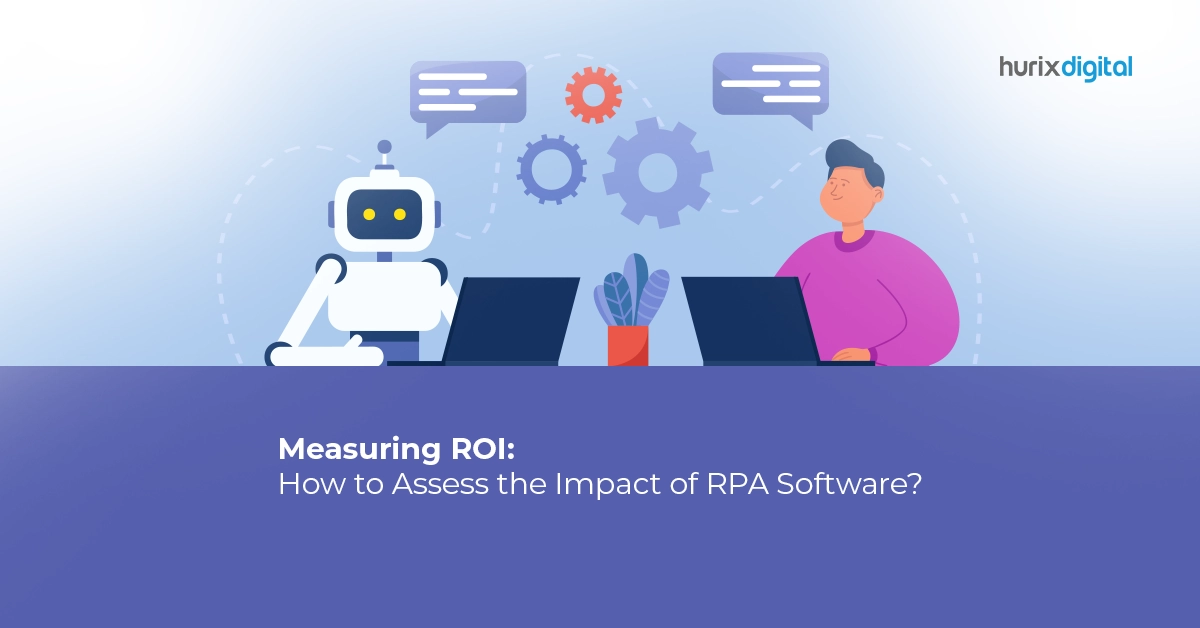
Benefits of Using RPA for Flash to HTML5 Conversion
Summarize with:
Most companies dealing with digital resources have already moved to HTML, or are in the planning phase. The advantages of HTML5 are too lucrative for businesses and help them transform the whole content delivery and management experience. Switching from Flash to HTML5 can help businesses-
- Avoid security flaws and vulnerabilities
- Support multiple devices including smartphones
- Provide responsive learning
- Provide support for all browsers
- Take advantage of SEO for higher Google rankings
The end of Flash has come as good news to most businesses. We have discussed in detail how the content industry can benefit most from the conversion in our Fast-tracking Flash to HTML5 Conversion – Modernization with a Purpose white paper. As a result, the conversion from Flash to HTML5 is seen as a way to boost efficiency, productivity, and profitability.
Table of Contents:
The Role of Robotic Process Automation (RPA)
Robotic Process Automation or RPA is emerging as a strong technology that has the potential to revolutionize most industries through automation. It’s a facilitative technology that incorporates a user interface (UI) and on-surface features to automate repetitive, routine, and predictable tasks.
RPA can help businesses make the transformation to HTML5 by improving operational efficiency and integrating legacy solutions with new formats like HTML5. The technology can perform various tasks just like a human and even learn from situations using machine learning and AI.
RPA can be leveraged at every step of the Flash to HTML5 conversion process and ease tensions for businesses. According to Gartner, RPA is the fastest-growing enterprise software segment with a yearly growth rate of 63% in 2018. The industry is poised to grow from $850 million to $2.4 billion by 2024. The technology can be universally adopted in the next 5 years, as Deloitte has commented.
Advantages of RPA for Flash to HTML5 Migration
1. Zero Errors
RPA is like a software that can work independently of humans, which means it can never make any mistake or error. Whether RPA tracks the source files or updates new addresses in PDFs, businesses can expect 100% accuracy. An error-free conversion process guarantees fewer changes or edits later on.
2. More Work in Less Time
The whole research and analysis process to identify resources for conversion can be done in a few hours using RPA. A company would need at least a few months to do the task using manual labor. RPA can help businesses get their conversion done faster for quick marketing. That means they can earn more returns on investment in a short time.
3. Improve Productivity
RPA can boost productivity by almost 86%. Companies can save time, increase efficiency, and reduce errors to make the conversion more productive. Automation also saves precious human hours that can be spent to grow the business.
4. Easy to Scale
RPA can be scaled seamlessly to suit the needs of businesses of all sizes. You can program the technology to analyze 100 or 10,000 courses with the same ease and efficiency. This benefit is really useful for big digital companies that have a huge amount of content, courses, videos, and so on.
5. Save Costs
RPA can help businesses cut down the cost of Flash to HTML5 conversion considerably. Most of the processes can be automated to save human labor and wages. Interestingly, RPA can bring down the cost by 59% through its high level of automation.
6. No Upfront Investment
RPA can be implemented without any considerable upfront investment. Businesses can also earn returns quickly for more profit.
How Can Robotic Process Automation Facilitate Flash to HTML5 Conversion?
RPA has the potential to make the transition of Flash to HTML5 smooth and hassle-free for businesses. The greatest advantage is you can automate most of the processes that need human involvement. Apart from that, it can also help in planning and development.
Flash to HTML5 conversion needs to consider many factors. You have a huge database of course materials, videos, and resources to analyze and go through. Then you need to derive insights, lay out the roadmap, determine the budget- the list goes on.
Businesses that want to take advantage of the modern HTML features often get discouraged by such a long process. They also may not have the time or resources to do a full-fledged analysis.
RPA can chip in and help enterprises gain the insights to develop a Flash to HTML5 migration plan. Businesses will not need to devote any human labor behind the process and can get ready insights.
RPA can help businesses customize their Flash to HTML5 conversion roadmap according to individual needs. Those looking to make the switch can use RPA to determine the budget and manage expectations.
eLearning companies use RPA to improve their overall learning strategy and even individual courses. The technology is ripe to ensure the timely conversion of content and discover potential opportunities for improvements. Robotic Process Automation can go hand-in-hand with Flash to HTML5 conversion and enhance the process to a great extent. Businesses can automate most of the time-consuming analysis and identify resources for conversion. RPA also helps in the actual process and afterward to ensure quality and user-friendliness. The technology can empower businesses to make the switch from Flash to HTML5 by taking care of their major responsibilities.
Summarize with:

Vice President – Content Transformation at HurixDigital, based in Chennai. With nearly 20 years in digital content, he leads large-scale transformation and accessibility initiatives. A frequent presenter (e.g., London Book Fair 2025), Gokulnath drives AI-powered publishing solutions and inclusive content strategies for global clients
 A Space for Thoughtful
A Space for Thoughtful 



